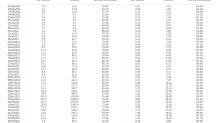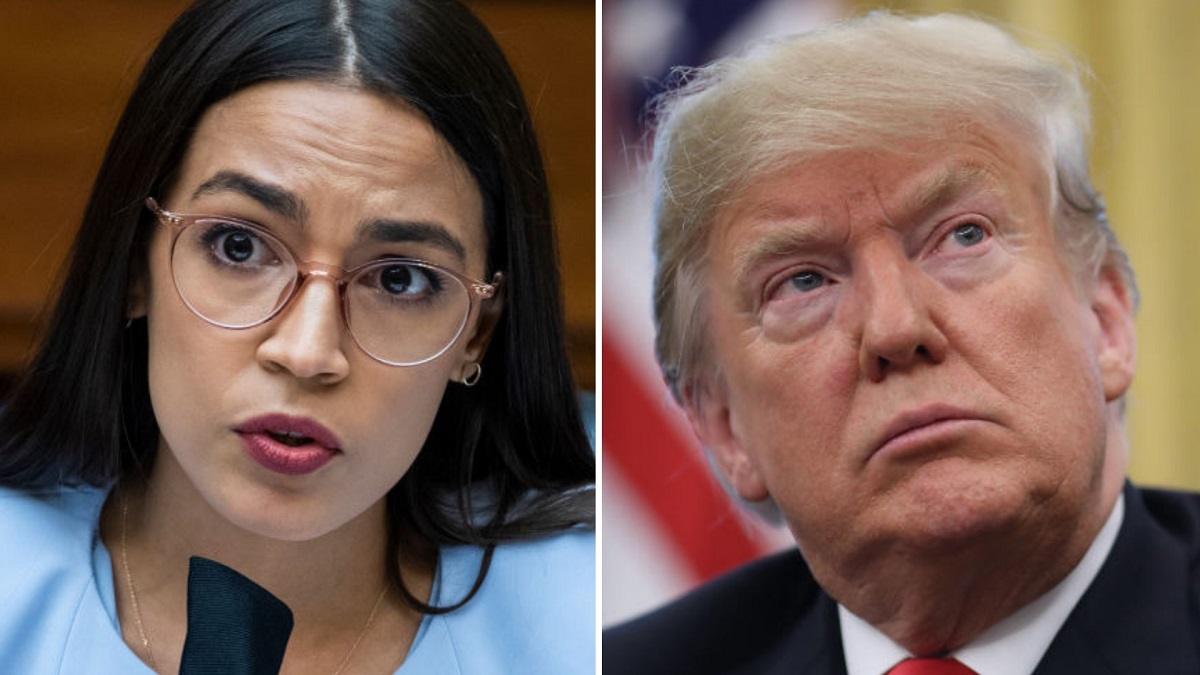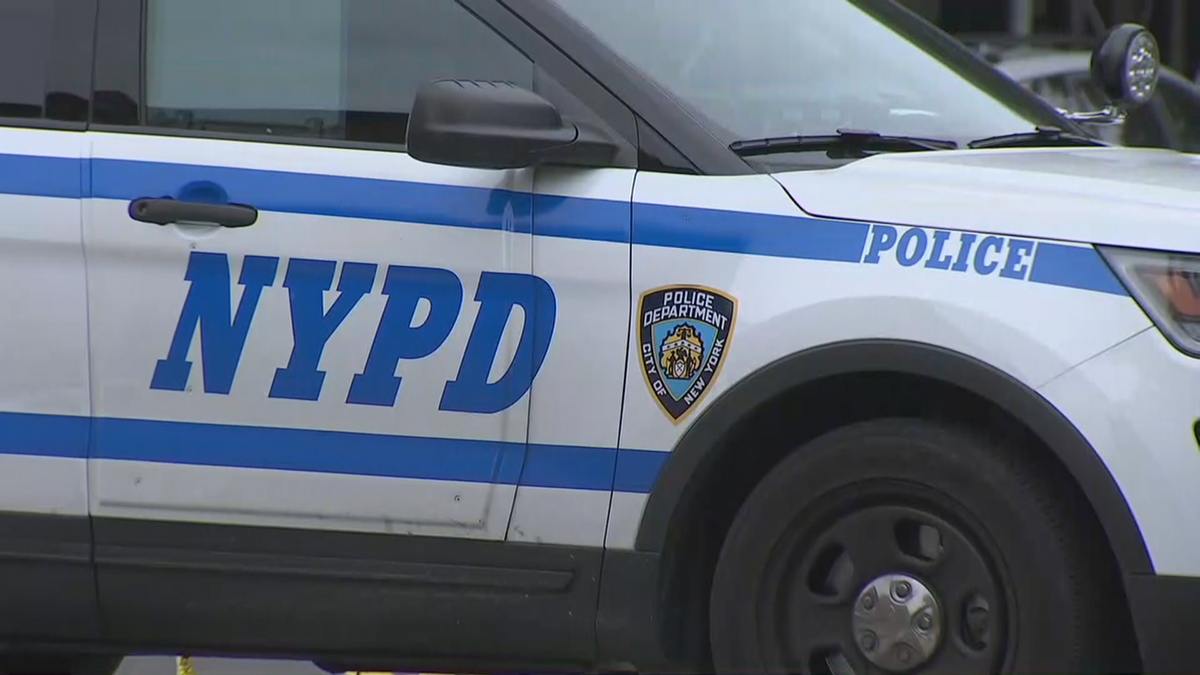New York City's health commissioner is warning the COVID-19 risk level will likely rise from "low" to "medium" in the next few days, moving the needle for the first time since January's omicron wave.
Infection numbers in the city have steadily increased over the past 45 days, which has brought the positivity rate to nearly 4.5% -- and in some parts of Manhattan like the Financial District and Lincoln Square, it now tops 15%.
Based on the rise of cases, Dr. Ashwin Vasan, the city's health commissioner, is recommending New Yorkers once again wear masks indoors.
“When you go inside to an indoor place, especially when you don’t know the vaccination status of people around you, wear a mask,” Vasan told Spectrum News. “Wear a mask in all indoor settings.”
Last month, the city unveiled a new four-tiered alert system to track the present threat of COVID-19, using red, orange, yellow and green to denote what New Yorkers should do to keep themselves safe.
Get Tri-state area news delivered to your inbox. Sign up for NBC New York's News Headlines newsletter.

Alert levels red (very high), orange (high), yellow (medium), and green (low), also reflect the level of community spread. Once the city reaches orange or red levels, its health care services are under extreme pressure.
News
The health department has said if the city faces a rise in alert level, NYC officials will consider bringing back face mask requirements in high-risk settings and places where social distancing is not possible. They could also look at bringing back vaccine requirements for most indoor places.
"To stay safe, the Health Department strongly recommends masking in public indoor settings, especially when in groups where other people’s vaccination status is unknown. We also strongly recommend people get a COVID test before and after attending any gatherings, and certainly before choosing to remove your mask at a holiday gathering," the health commissioner said Friday.
The warnings come as two omicron subvariants of the highly transmissible BA.2 strain are fueling "significant community spread" in parts of New York, state health officials say.
The emergence of subvariants BA.2.12 and BA.2.12.1 both sublineages of the BA.2, strain that some have described as the most contagious version of COVID yet, comes as that parent subvariant intensifies its already-dominant grip on America and New York, where data shows it's circulating at a faster rate than nationally.
New York state data puts BA.2's prevalence at 80.6% of COVID infections, though recently updated reports from the CDC suggest its share could be even higher. And early findings indicate the subvariants could be up to 27% higher than BA.2, which was said to be up to 60% more contagious than the original omicron strain that overtook the globe, leading to unprecedented case rates earlier this year.
"We are alerting the public to two omicron subvariants, newly emerged and rapidly spreading in upstate New York, so New Yorkers can act swiftly," State Health Commissioner Dr. Mary T. Bassett said. "While these subvariants are new, the tools to combat them are not. These tools will work if we each use them."
In New York City, health department data puts BA.2 at 85% of positive COVID samples tested, but that data is a week behind that provided by the CDC. Officials say the omicron subvariant now accounts for most cases in the five boroughs.
Just how many cases are attributed to BA.2 may never be known. The city says 14% of all positive samples were sequenced in the latest week of data, fairly on par with its highest weekly rate of surveillance of 16%, notched in late March.
It's not clear from the city's health department page how many samples have been sequenced cumulatively.
BA.2 is said to be inherently more transmissible than the original omicron strain -- perhaps the most contagious form of the virus to date, according to a WHO official -- but has not been scientifically linked to more severe cases or proven to be more vaccine-resistant to this point, which is cause for caution but no alarm, experts say.
Breakthrough infection rates have seen an uptick in recent weeks, but it's not clear what (or whats) is responsible. The increase could reflect waning vaccine efficacy among some who have yet to be boosted or another cause. Most importantly, the age-adjusted vaccine effectiveness rate in terms of new hospitalizations hasn't shifted in a statistically significant way. See the chart below for details.
New cases and new hospitalizations with laboratory-confirmed COVID-19 among fully vaccinated and unvaccinated adults, and estimated vaccine effectiveness, age 18 years or older.

Nationally, just 19 of America's more than 3,200 counties are considered "high" risk by the CDC, based on its recently debuted community level threat tracker. More than 95% of U.S. counties, including all five in New York City and the entire states of neighboring New Jersey and Connecticut, are considered low risk as well.



